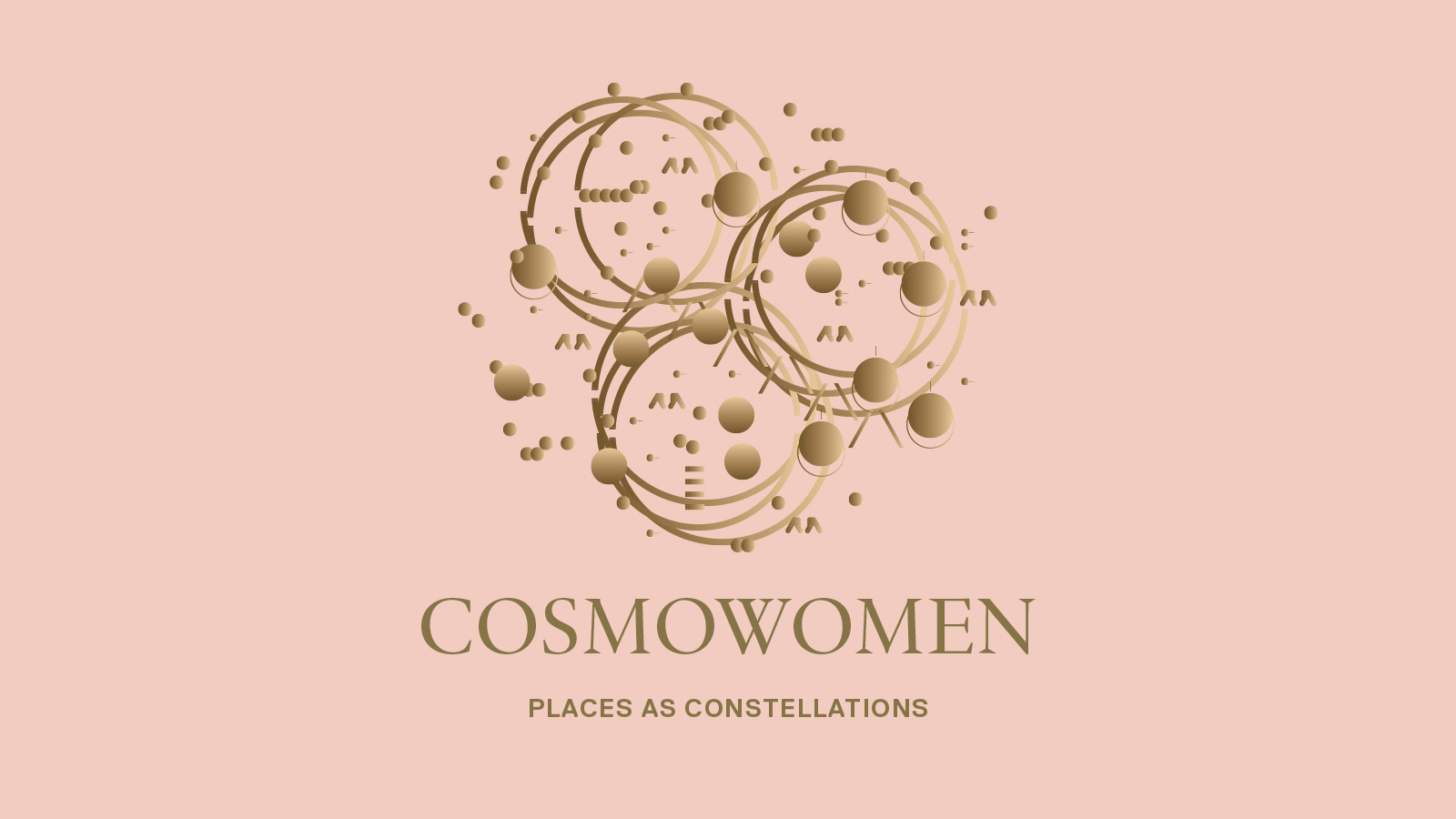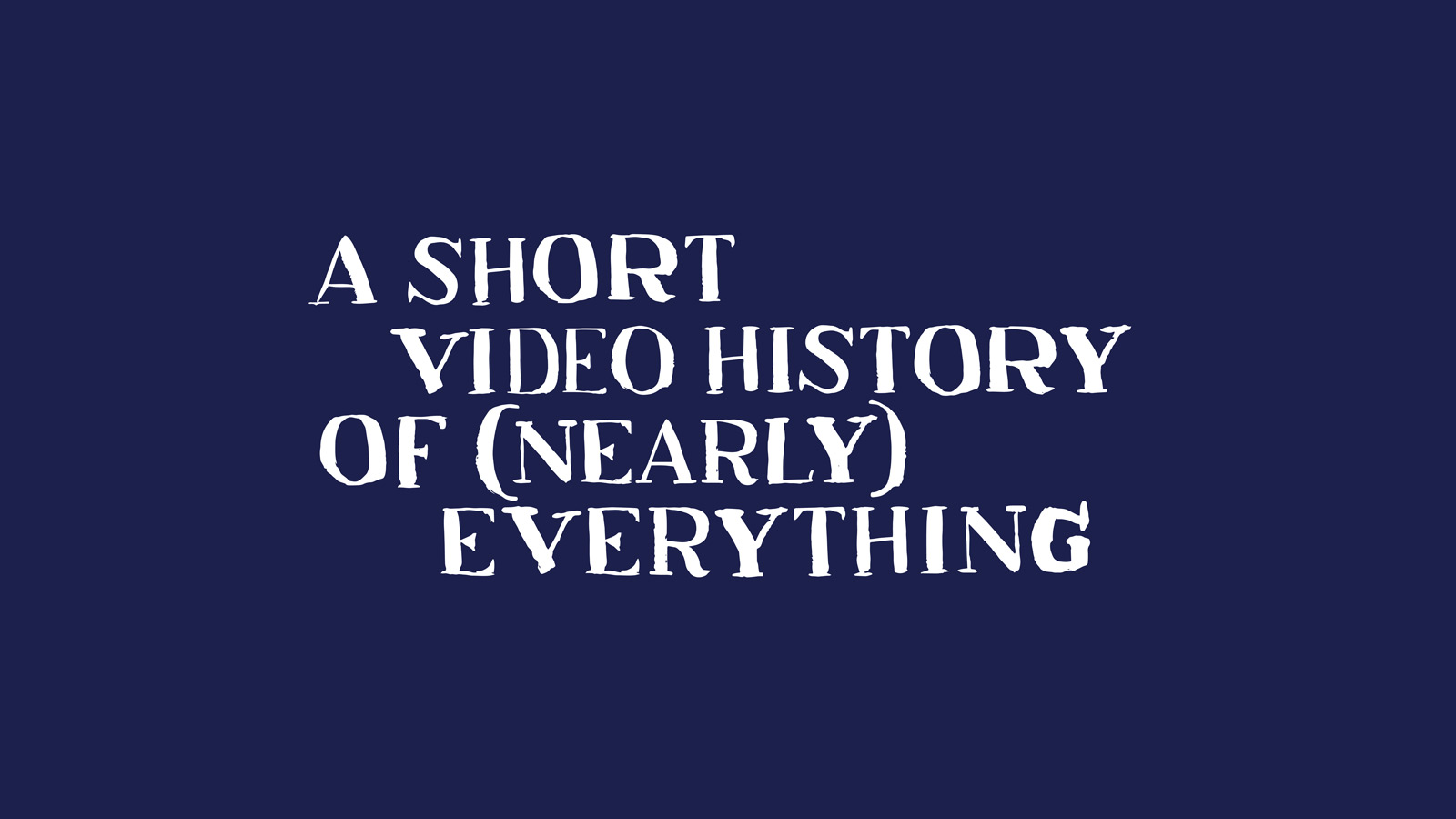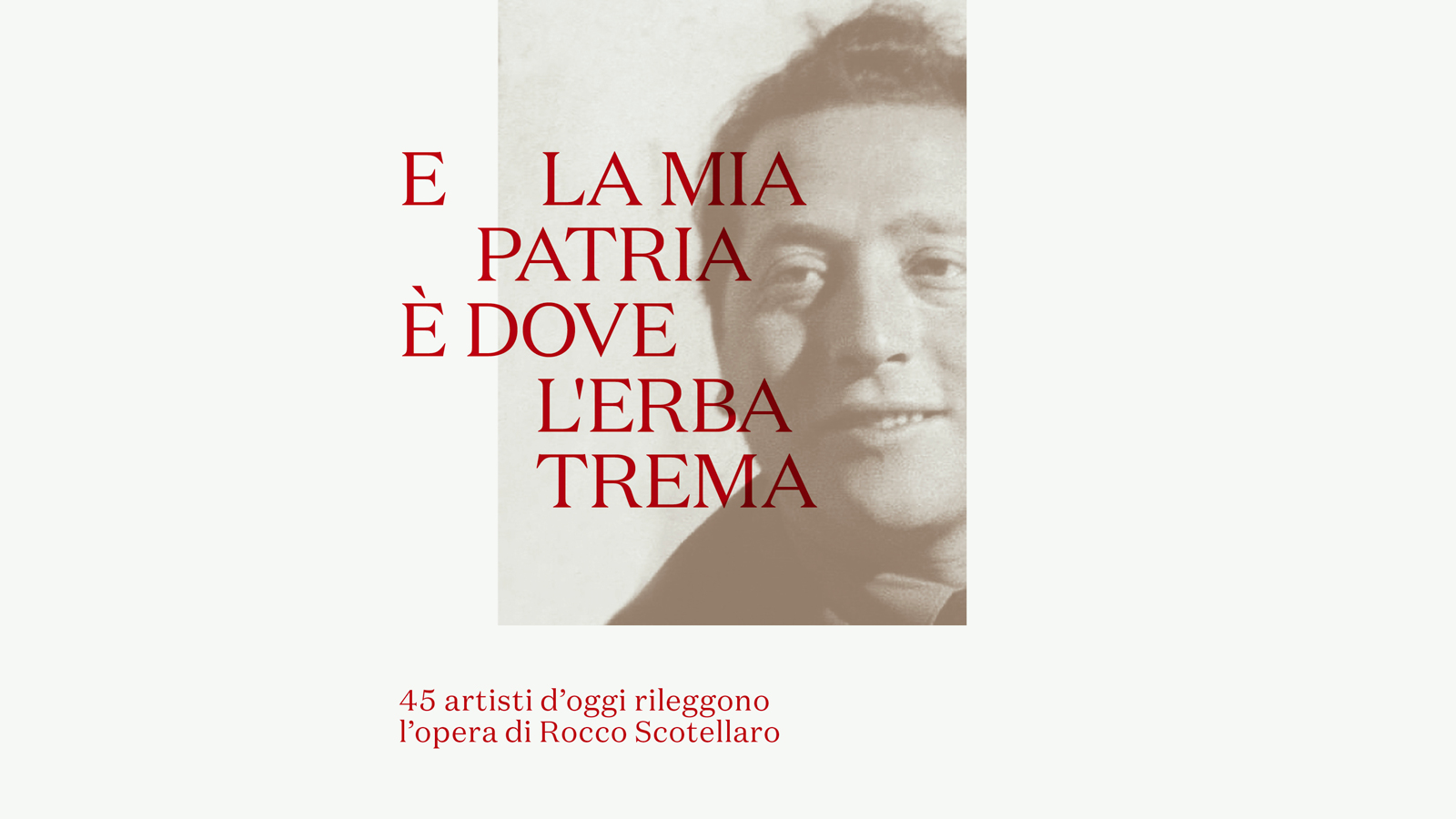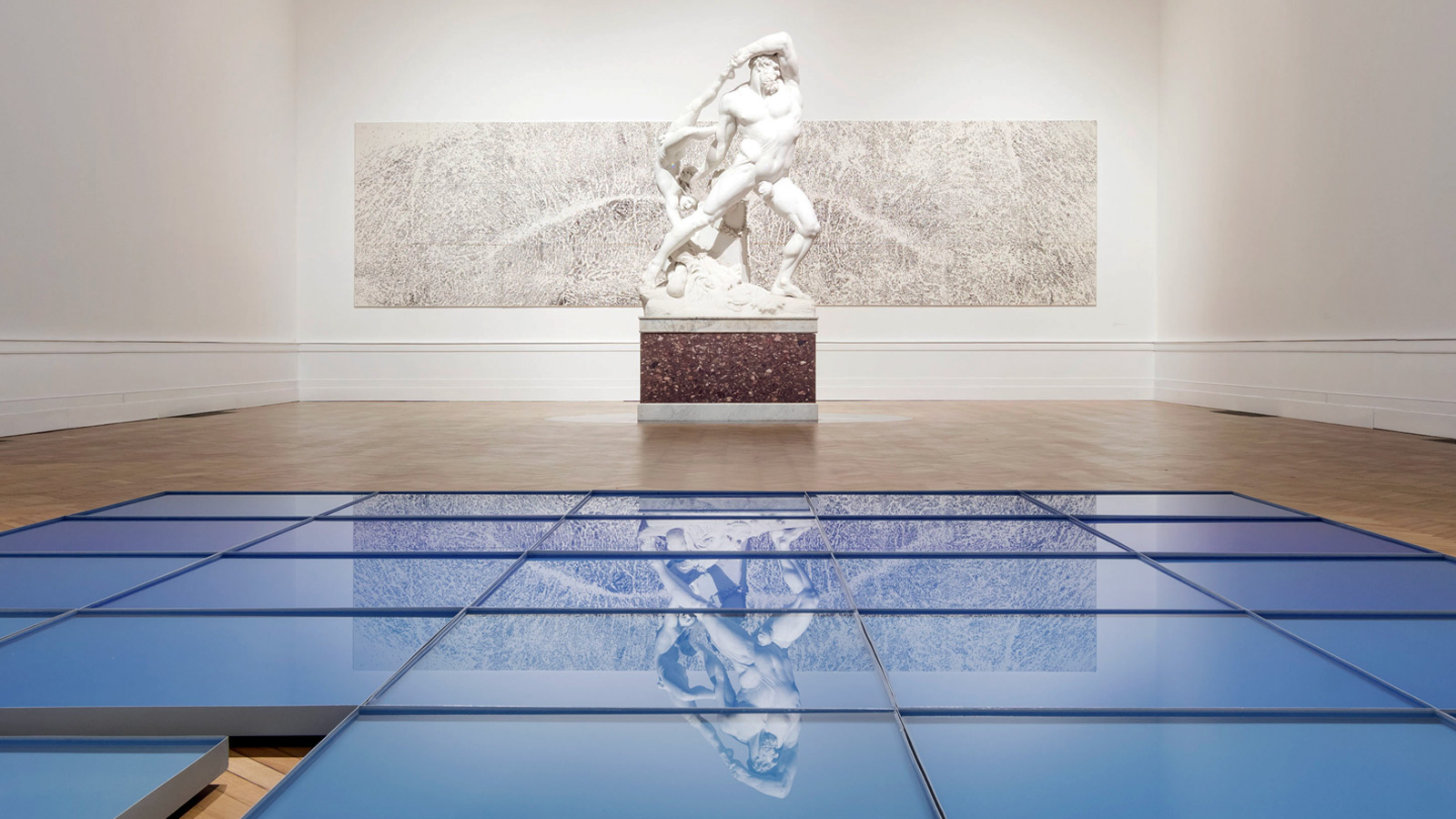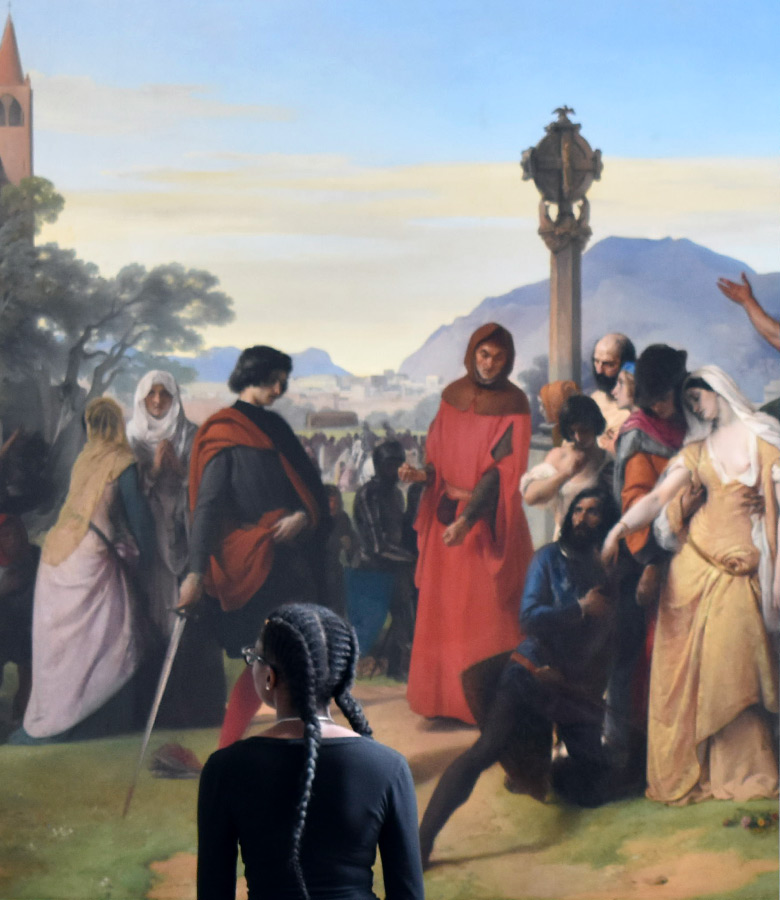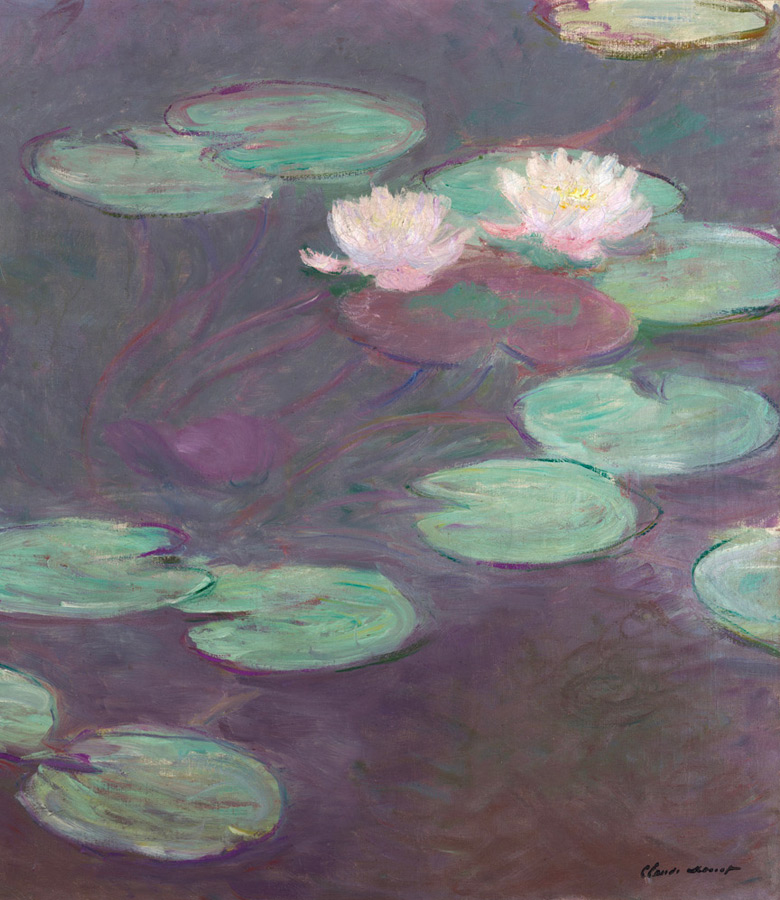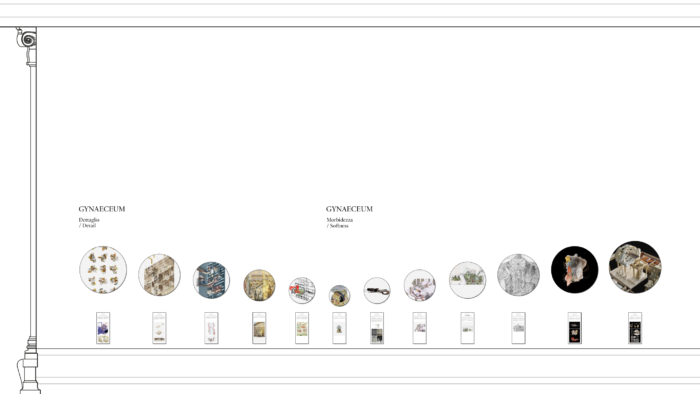The Wrong Way To Find Women In Museums
Recently, institutions have been looking for women who have done the same things as the men we regard as eminent: women who have been scientists, painted great pictures or designed buildings and directed their construction. They have not generally been looking for women who have embroidered, cooked, brought up children, set wonderful tables or written beautiful love letters.
Patriarchal culture takes for granted that the activities for which people deserve to be honoured are those that have been practised primarily by men. The mistake of patriarchal feminism is to think that only the names need to be changed and not the reasons for honouring a historical figure.
But the real breakthrough, the real victory, would be to rethink the reasons why we honour a figure, their legacy or their actions. And also, of course, the elements that define a period, a culture, a social fabric. Is it the names of those who led wars, conquests and discoveries that enable us to understand what we have been, or could it be those who have defined what we eat, our hygiene habits and love lives and our family structures? Depending on which question we ask, we will obtain a different answer, and the answers will automatically include a greater or lesser number of women. To me it is crucial to change the questions that museum institutions ask themselves, not just strive to achieve parity in the answers.
Social Capital has been defined as “the networks of relationships among people who live and work in a particular society, enabling that society to function effectively”. We urgently need to coin the term Female Capital and define it as “the role that people of feminine gender play in constructing the networks of relationships among people who live and work in a particular society, enabling that society to function effectively”. It is equally urgent and desirable for institutions to focus their attention on that Female Capital and view it in a temporal perspective that is deep (how did that network of relationships evolve?), comparative (how does that network arise in different contexts?) and critical (why has it historically been rendered invisible?).
I have enormous respect for any cultural initiative that highlights pioneering women architects who practised at an early stage in the twentieth century or played important roles in careers that have been attributed to men. This work of changing the monopoly of outstanding male names by including greater diversity is undoubtedly important and positive. But the path that this exhibition is trying to initiate and encourage adds a further, different perspective, because it changes the question from “are there women who have made buildings like notable men?” to questions like “which social practices have contributed most to quality of life in the city?”, “which of these have been exercised by women and how do they form a network?”, “why have they not been valued academically and institutionally?” and “how can we design the built environment so that this network of practices contributes even more to our quality of life?”.
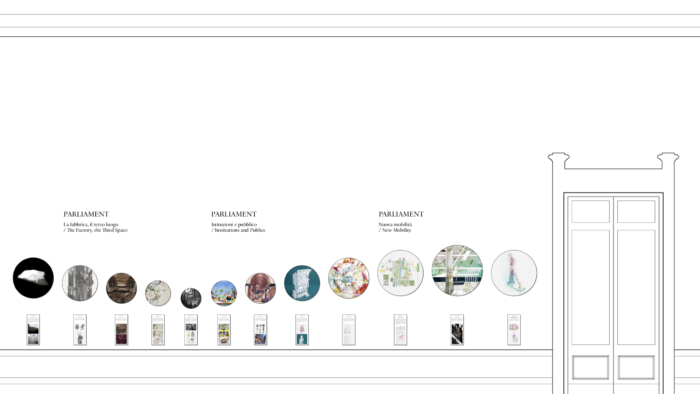
With this objective in mind we are launching a small manifesto which is offered to women architects, designers, artists, curators and museum directors, but also to their male counterparts, to build and promote Female Capital together in the city.
Towards a definition of the values intrinsic to female capital
REDEFINE INTIMACY
1. SHARPEN YOUR GAZE: LOOK AT SMALL THINGS AND WHAT IS CLOSE TO YOU EVERY DAY
2. DON’T FORGET HOW YOU PLAYED WHEN YOU WERE A LITTLE GIRL
3. PROTEST IF THEY TELL YOU THAT THE HOUSE OF THE FUTURE WILL BE A SPACESHIP
4. STAND UP FOR GENTLENESS AND SOFTNESS
5. IN YOUR DESIGNS, ALWAYS REPRESENT THE BODIES OF THEIR OCCUPANTS
6. STIMULATE YOUR OCCUPANTS TO DEVELOP THEIR OWN SYMBOLIC WORLDS
RECONSTRUCT NATURE
7. DON’T FORGET THAT YOUR USERS ARE SPECIES OF ANIMALS DEPENDENT ON THEIR CONTEXT
8. DREAM GREEN: TRY TO MAKE YOUR DESIGNS CONTRIBUTE, THROUGH THEIR DREAM DIMENSION, TO COLLECTIVE CONSTRUCTION OF THE MYTHOLOGY OF NATURE
9. BE A BIT MORE OF A GARDENER THAN A BUILDER
10. MAKE YOUR CONTRIBUTION TO FIGHTING THE CLIMATE EMERGENCY TANGIBLE AND SPECIFIC
11. HELP OTHERS TO DISCOVER NATURE FROM A BIKE, SWIMMING OR PRACTISING YOGA IN AN IDEAL SETTING
12. JOIN ECOFEMINISM
DEFEND THE COLLECTIVE IN THE CITY
13. BUILD THIRD SPACES BASED ON REAL FACTS
14. FIGHT THE PRIVILEGES OF THE PRIVATE CAR
15. THINK OF TIME AS A PROJECT MATERIAL
16. DESIGN PUBLIC FACILITIES AS NODES OF THE URBAN EXPERIENCE
17. THINK OF YOUR BUILDINGS AS THE EYES OF THE PUBLIC SPACE
18. DESIGN SO AS TO PROMOTE WORK-LIFE BALANCE
Izaskun Chinchilla
